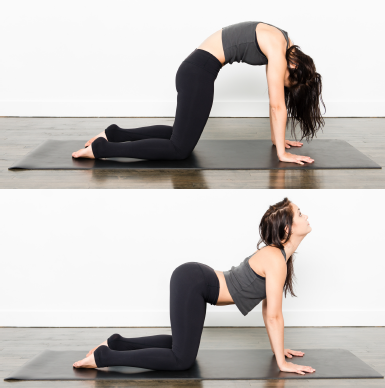
Low back pain is complicated
The lower back region of the body is not only home to muscles, bones, ligaments, tendons, and cartilage, it also includes several of our organs as well as the nerves and nerve roots that supply the lower body. This means that determining the cause or source of back pain is not always straight forward.
Let’s start by separating back pain into two general categories – mechanical back pain and what we will call referring back pain. Mechanical back pain is caused by things such as a pulled or tight muscle, sprained ligament, or stiff joint. This type of pain typically occurs due to an acute injury to one of these structures, as the result of a change in activity, or from repetitive movements like bending, twisting, and lifting. Back pain that is also felt into the hip, groin, or down the leg often, but not always, involves a nerve or nerve root. This means that it can also be associated with a burning sensation, or numbness and tingling. In some cases referred pain can be from a joint in the back, pelvis, or even the hip joint.
Referring back pain sometimes occurs following a specific incident, like lifting something heavy off the floor, but can also develop more slowly over time. One of the most common types of referring pain in the back and lower body is sciatic nerve pain. The sciatic nerve is made up of nerve roots from the low back that come together to form one nerve that runs all the way down the leg. What is often referred to as “sciatica” is an irritation or compression of this nerve somewhere along its pathway causing pain, numbness, and/or tingling along the back of the leg.
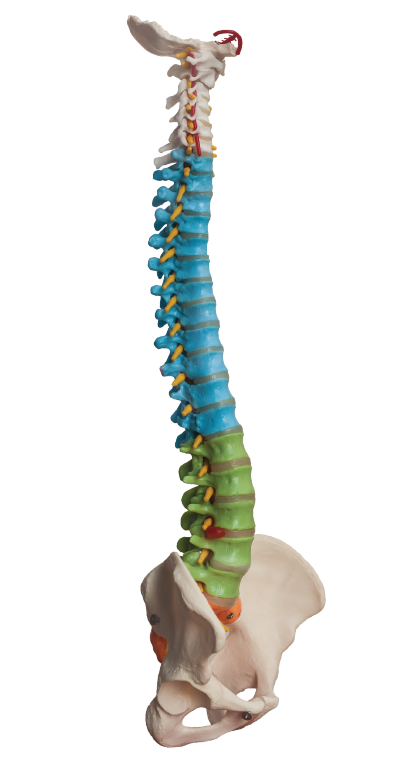
Two things to avoid when you have low back pain
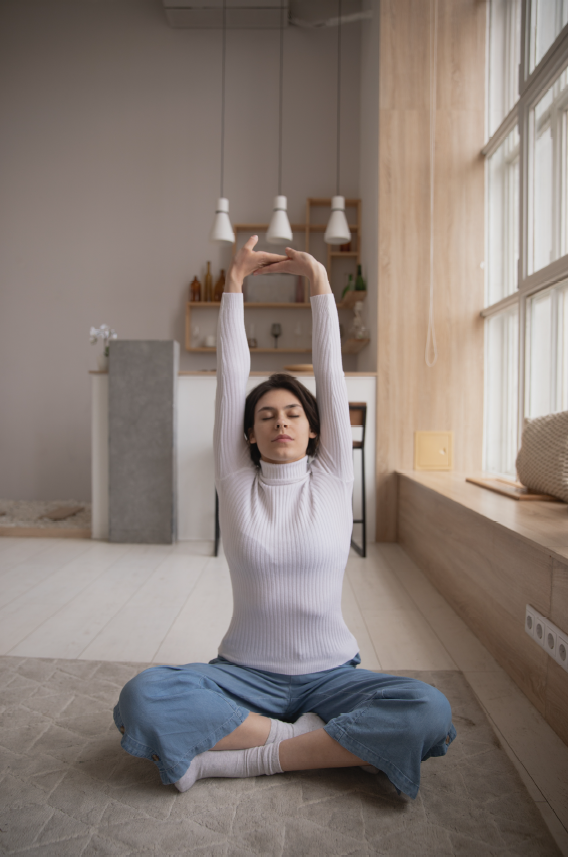
One of the worst things that you can do for low back pain is to stop moving. Our muscles and joints need to move for the healing process to take place. Gentle range of motion exercises, light stretching, and a short walk can help to reduce joint and muscle stiffness as well as promote fluid exchange in the joints and blood flow to the injured area. We like to use the term “relative rest”. Should you carry on with your typical exercise routine, tasks around the house, and work duties if they increase your pain? No. Should you instead lie in bed for a week? Definitely not. It’s important to find the perfect balance of movement and rest – keep reading as we cover management strategies and basic exercises to get you started!
It is a common misconception that the solution to low back and leg pain is to increase or push deeper into a stretch often to the point of pain. Stretching out muscles to decrease back pain is great! However, as previously mentioned, low back pain is complicated and depending on which structure is injured, certain movements like bending forward or touching your toes may further irritate the nerves or nerve roots instead of resulting in a nice muscle stretch.
Common causes of back pain
One of the most common causes of back pain is a lack of mobility of the muscles and joints of the body. Many people find themselves sitting for prolonged periods of time at work or at home and this, in combination with a relatively sedentary lifestyle, can lead to tight muscles and stiff joints in the low back, pelvis, and hips which can cause pain. Trying to get up and move around for a few minutes each hour to walk or stretch will help decrease muscle and joint stiffness, increase mobility, and limit nagging back and leg pain.
At the opposite end of the spectrum lies another very common cause of backpain: a lack of stability. Although the bones of our spine, hips, and pelvis are all stable joints, it is the responsibility of the surrounding muscles and ligaments to support these joints as we move. This notion becomes particularly important when we think about repetitive movements such as bending, twisting, lifting, and carrying. If the abdominal muscles of the core are not strong or being used to their full potential, this can increase the forces going through the joints of the low back leading to pain and injury. Functional strengthening and stabilization exercises for the core, hips, and lower extremity are a great way to both rehab a current injury and prevent future back pain.

The final cause of back pain we will discuss is an injury to a specific structure of the low back, pelvis, or hips. This includes ligament or joint sprains, pulled muscles and strains, disc injuries, tendon irritations, and nerve or nerve root compressions. Sometimes back injuries accumulate slowly over time from a repetitive motion like bending or twisting and other times they happen as the result of one wrong movement causing a sharp pain. Addressing these injuries with your physiotherapist in a timely manner will decrease healing times, get you back to being pain free, and help to prevent a recurring issue!
How to manage low back pain at home

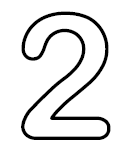
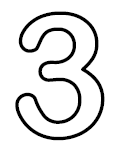
Change positions often
Remaining in the same position, whether it is standing, sitting, or lying down can often make back pain feel worse. We recommend setting an alarm to get up, move around, and change positions once an hour.
Avoid painful movements
Frequently testing the movements or activities that increase your back pain will prolong healing times – the body needs rest to recover. This could be lifting, bending, or sitting for long periods of time.
Keep the spine in a neutral resting position
Try placing a pillow between your kneeswhen lying on your side, a rolled towel atyour low back when sitting, and a pillowunder your knees when lying on your back.
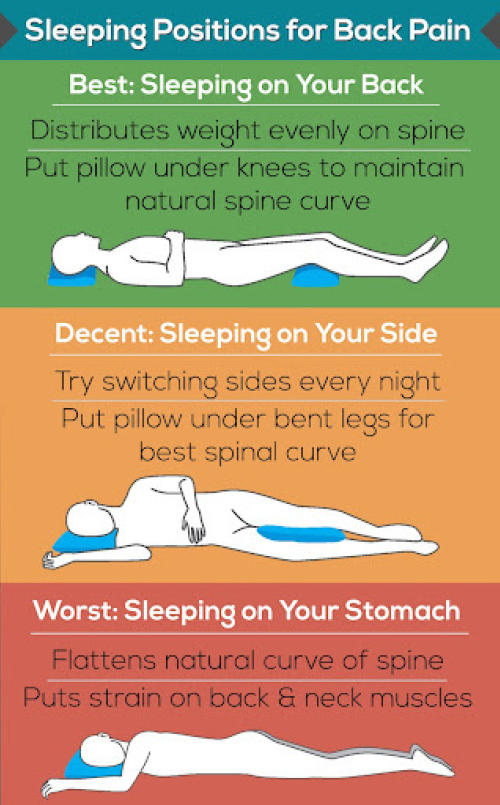
Exercises to get you started
